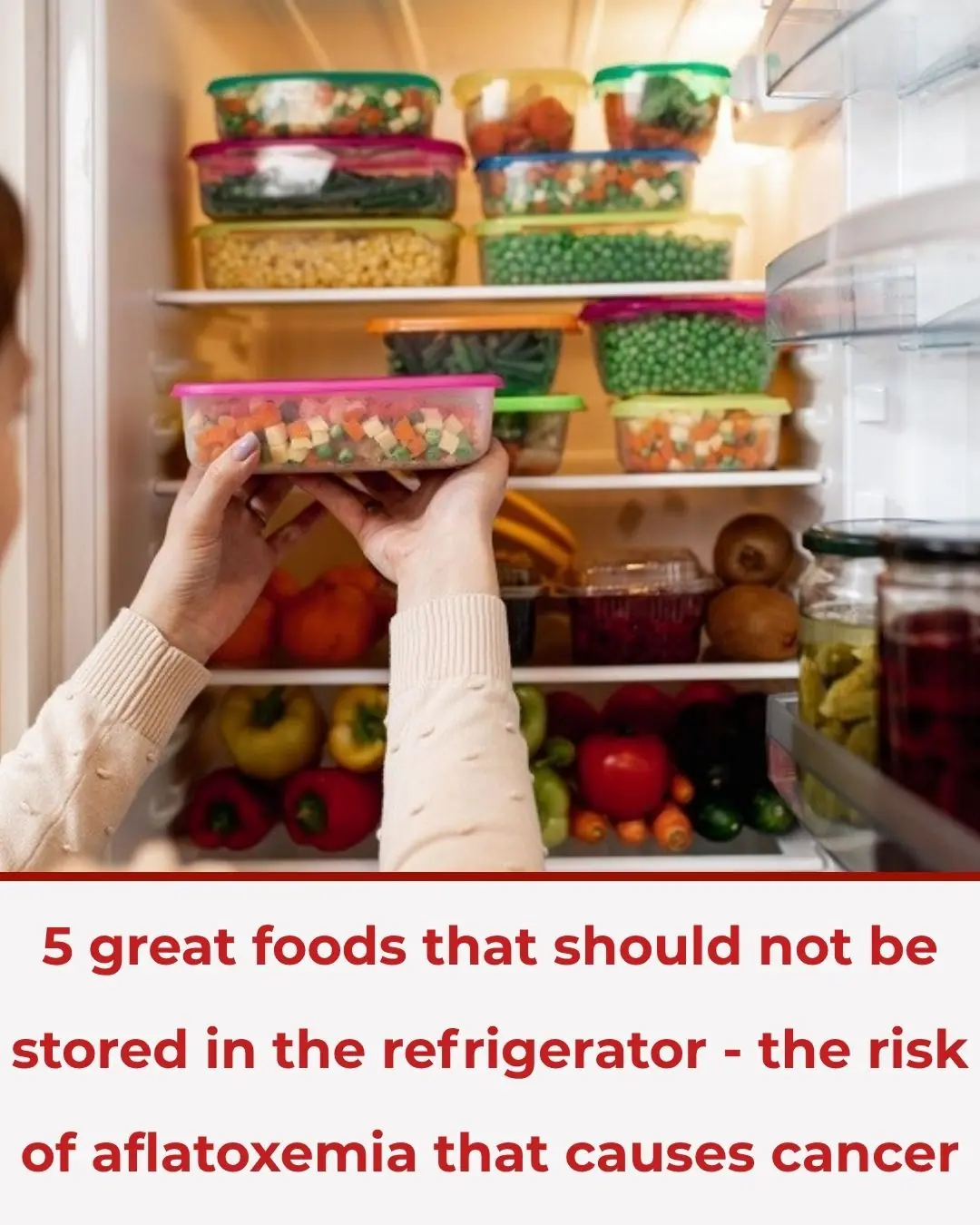
🩺 The #1 Silent Sign Your Kidneys Are in Trouble (And It’s Not Your Urine)
🩺 The #1 Silent Sign Your Kidneys Are in Trouble (And It’s Not Your Urine)
Meta Description (SEO Preview)
Most people think foamy urine or back pain are early kidney warnings — but the real first sign of kidney trouble often appears long before your urine changes. Discover the #1 clue that your kidneys are under stress and how to protect them for life.
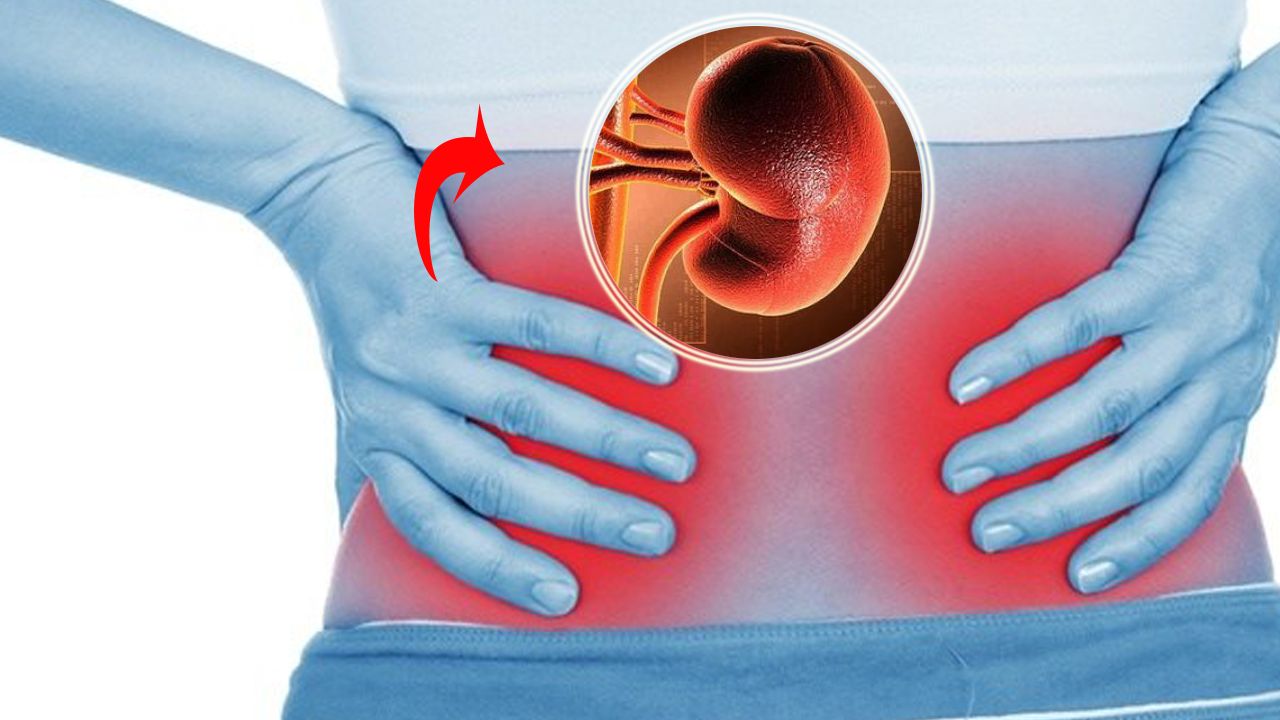
Intro: The Clues Hiding in Plain Sight
Have you ever noticed your urine looking bright yellow after vitamins or foamy after a long bathroom break? It’s natural to wonder if that’s a sign of kidney problems. Often, it’s not. But surprisingly, your toilet bowl can reveal much more about your kidney health than you think.
Kidney disease is quietly increasing worldwide, yet most people who have it don’t even know until it’s far advanced. The purpose of this article isn’t to scare you — it’s to help you spot the earliest, most overlooked signs and take action now, before irreversible damage occurs.
💡 Fact: 9 out of 10 people with chronic kidney disease (CKD) don’t know they have it until more than half their kidney filters are gone.
Key Takeaways
✅ The #1 early sign of kidney trouble is persistent high blood pressure, not urine changes.
💧 Urine clues — like foam, color, or frequency — still offer valuable insight into kidney and metabolic health.
⚠️ Kidney damage happens silently over years; lost kidney filters (nephrons) never regenerate.
💪 You can take control through blood pressure management, medication awareness, and smart nutrition.
🧻 1. What Your Toilet Bowl Can (and Can’t) Tell You
Before you flush, take a second look — your urine can provide early clues about hydration, metabolism, and even diabetes.
-
Normal range: Most adults urinate 4–8 times per day (about 1.5 liters total for every 2 liters of fluid consumed).
-
Too little urine (<500 mL/day): May suggest dehydration or kidney dysfunction.
-
Too frequent urination: Could indicate excessive caffeine, medications like diuretics, or high blood sugar (a sign of prediabetes or diabetes).
If you’re waking up several times at night to urinate, check your blood sugar and blood pressure — both are major factors in kidney strain.
☁️ 2. Foamy Urine: When “Bubbles” Mean Trouble
A few bubbles from a strong stream are harmless. But persistent foam that doesn’t disappear could signal protein in your urine (proteinuria) — one of the earliest red flags for kidney damage.
Healthy kidneys act like ultra-fine filters, keeping essential proteins in your blood. Damaged kidneys leak these proteins into your urine, much like a worn-out coffee filter letting grounds slip through.
Common causes include:
-
Diabetes and insulin resistance
-
Chronic high blood pressure
-
Inflammatory kidney disease (glomerulonephritis)
⚠️ Note: Eating protein doesn’t cause proteinuria — but a high-protein diet can strain already stressed kidneys.
If you regularly notice foamy urine, ask your doctor for a urine protein test. It’s simple, fast, and can catch kidney disease before symptoms appear.
🎨 3. Urine Color & Chemistry: What’s Normal, What’s Not
Urine color can tell a story about your hydration and organ function.
| Color | Possible Cause | What It Means |
|---|---|---|
| Pale yellow | Hydrated & normal | 👍 Healthy |
| Dark yellow | Mild dehydration | Drink more water |
| Tea-brown | Old blood or bilirubin | ⚠️ Possible liver or kidney issue |
| Red/pink | Fresh blood | 🚨 See a doctor immediately |
| Neon yellow | Vitamin B excess | Harmless |
Your diet also affects urine acidity.
-
High-protein or keto diets → more acidic urine → higher risk of uric acid kidney stones.
-
Plant-based diets → more alkaline urine → lower risk of stone formation.
Stay well-hydrated and eat a balanced mix of plant foods to support healthy urine chemistry.
💊 4. Medications That Can Harm Your Kidneys
Your kidneys filter every medication you take — including over-the-counter pain relievers. Regular use of NSAIDs like ibuprofen, naproxen, or aspirin can damage the microscopic blood vessels inside your kidneys, especially if you’re dehydrated or already have high blood pressure.
Other drugs that can affect kidney function include:
-
Certain antibiotics (e.g., aminoglycosides)
-
Lithium (for bipolar disorder)
-
ACE inhibitors & diuretics (in high doses or without hydration)
🩺 Always inform your doctor about all the medications and supplements you take — even herbal ones. A quick kidney function test (creatinine or eGFR) can catch problems early.
🧬 5. Your Kidneys’ “Bank Account”: Understanding Nephrons
You’re born with all the kidney filters — called nephrons — you’ll ever have. Each kidney contains roughly 1–2 million nephrons that clean your blood 24/7.
But here’s the catch: they don’t regenerate. Once damaged, they’re gone forever.
This is why kidney disease is often silent — you won’t feel symptoms until more than half of your nephrons are gone. That’s when fatigue, swelling, and rising creatinine finally appear on lab tests.
Think of it like living off savings: you can spend for years without noticing, until suddenly the balance runs low.
❤️ 6. The #1 Silent Sign of Kidney Damage: Persistent High Blood Pressure
You might feel fine, but your kidneys might not be. High blood pressure is both a cause and a consequence of kidney disease — and it’s usually the first measurable warning.
Imagine your kidneys as plumbing pipes. When water pressure is too high, the pipes wear down faster, forming tiny leaks. High blood pressure does the same thing to the delicate vessels in your kidneys, causing microscopic “leaks” that lead to long-term scarring.
As kidney function declines, sodium and fluid build up in your body — driving blood pressure even higher. This vicious cycle quietly destroys nephrons year after year.
💬 Pro tip: Your blood pressure should ideally stay below 120/80 mmHg. Anything persistently above 130/85 mmHg deserves attention.
🥦 7. Taking Control: How to Protect Your Kidneys for Life
You have more control than you think. Small, consistent choices can protect your kidneys for decades.
✅ 1. Monitor Your Blood Pressure at Home
Buy a home blood pressure monitor and track your numbers weekly. Bring your readings to your doctor for review.
✅ 2. Eat a Kidney-Friendly Diet
-
Limit sodium (<2,000 mg/day).
-
Moderate animal protein (excessive protein raises kidney workload).
-
Keep blood sugar balanced with fiber-rich foods and regular exercise.
✅ 3. Be Smart With Medications
Avoid daily NSAID use unless prescribed. Stay hydrated when taking any drug that passes through the kidneys.
✅ 4. Don’t Skip Meds — or Stop Them Without Advice
Inconsistent blood pressure control causes more kidney damage than slightly elevated readings. Take your medications as directed while improving your diet and lifestyle.
🧠 Conclusion: Protect the Filters That Protect You
Kidney damage is like credit card debt — it builds silently, little by little, until the bill comes due. By the time symptoms appear, much of the loss is permanent.
The real early warning isn’t in your urine — it’s in your blood pressure.
Monitor it regularly, fuel your body with balanced nutrition, and stay hydrated. Your kidneys may be quiet workers, but with care and awareness, they’ll keep you healthy for a lifetime.
💧 Remember: You can’t grow new nephrons — but you can preserve the ones you have.
Suggested SEO Headlines
-
“The #1 Early Sign of Kidney Trouble (and It’s Not in Your Urine)”
-
“Your Blood Pressure May Be the First Warning Your Kidneys Are in Danger”
-
“7 Overlooked Signs Your Kidneys Are Under Stress — and How to Protect Them”
Suggested Image Ideas
-
A digital blood pressure monitor beside a glass of water.
-
A medical diagram of kidneys with highlighted nephrons.
-
A flat-lay of kidney-healthy foods (berries, leafy greens, olive oil, lemon).
News in the same category

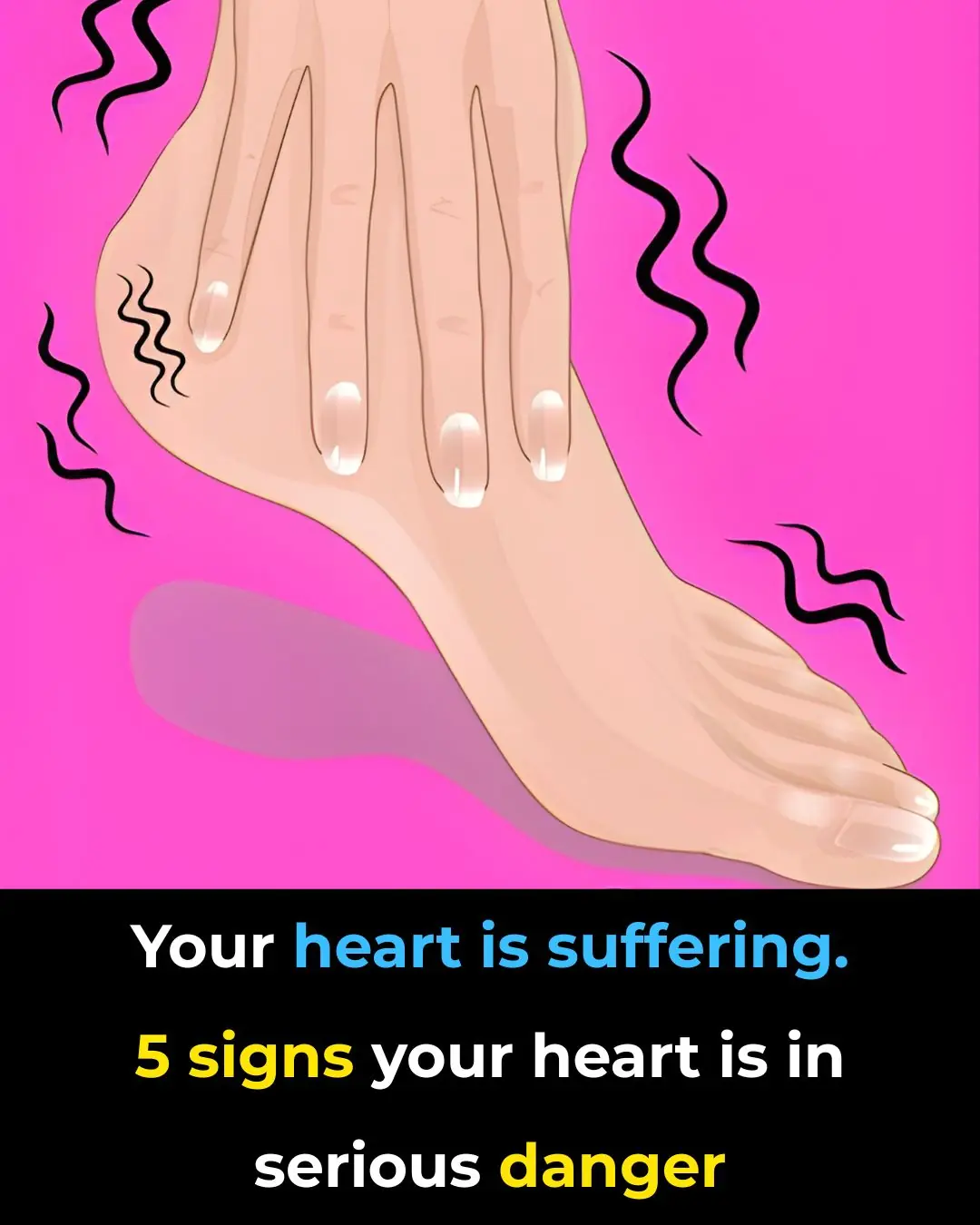
❤️ 5 Subtle Signs That May Suggest Heart Trouble – And When to See a Doctor

Eat these 3 foods to strengthen them…
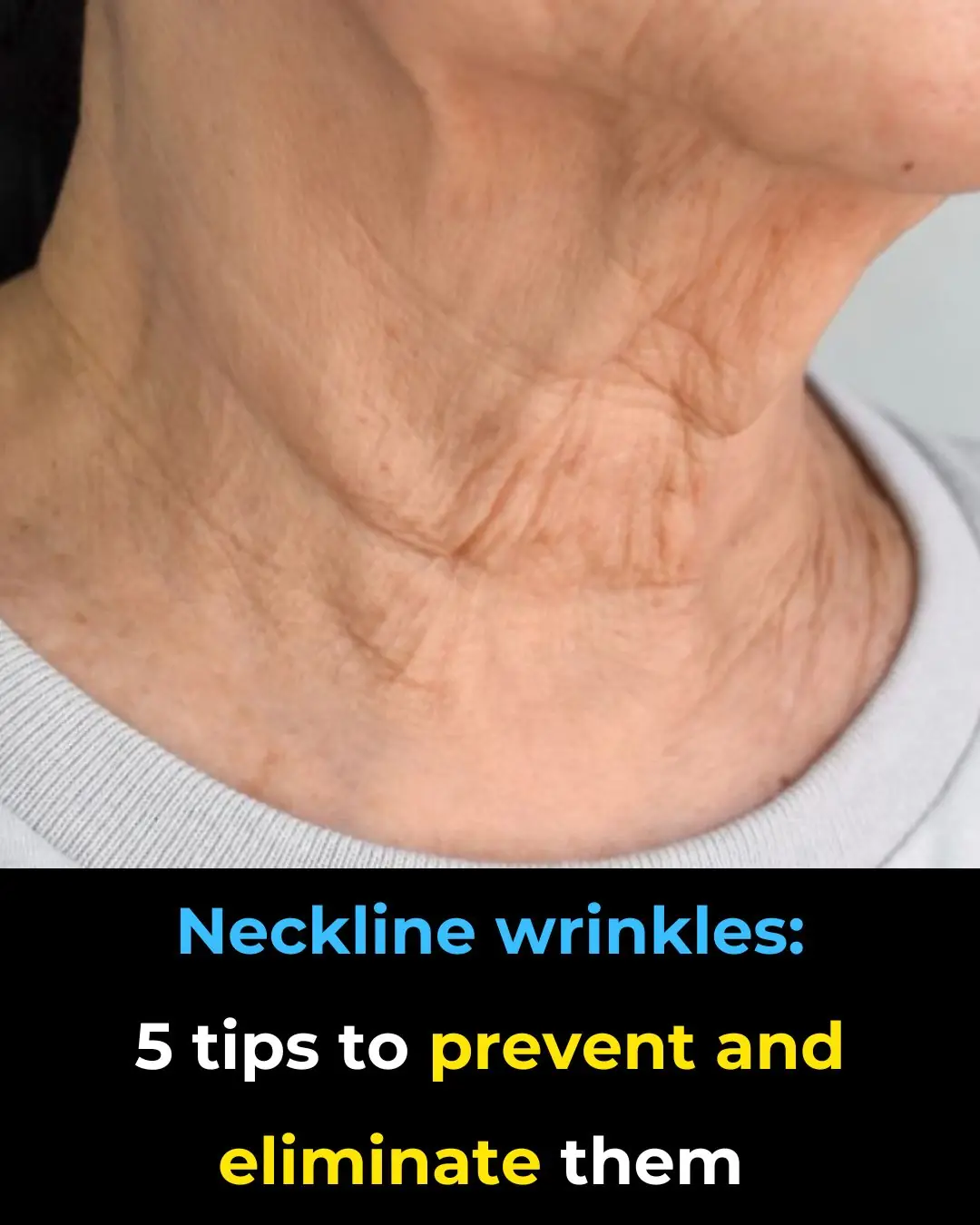
Neckline Wrinkles 5 Tips to Prevent and Eliminate Them
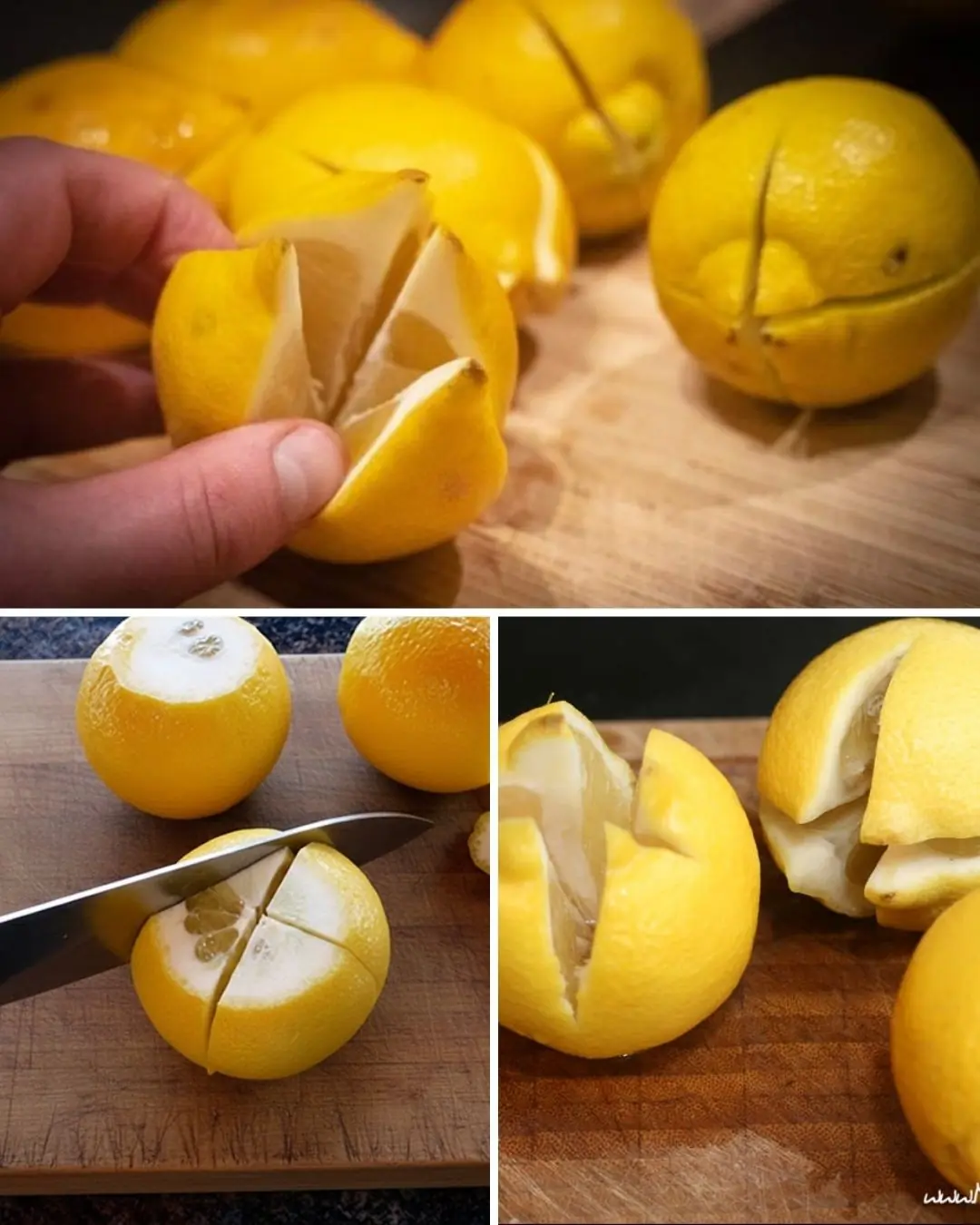
The Reason Some People Keep Lemons on Their Nightstand While Sleeping
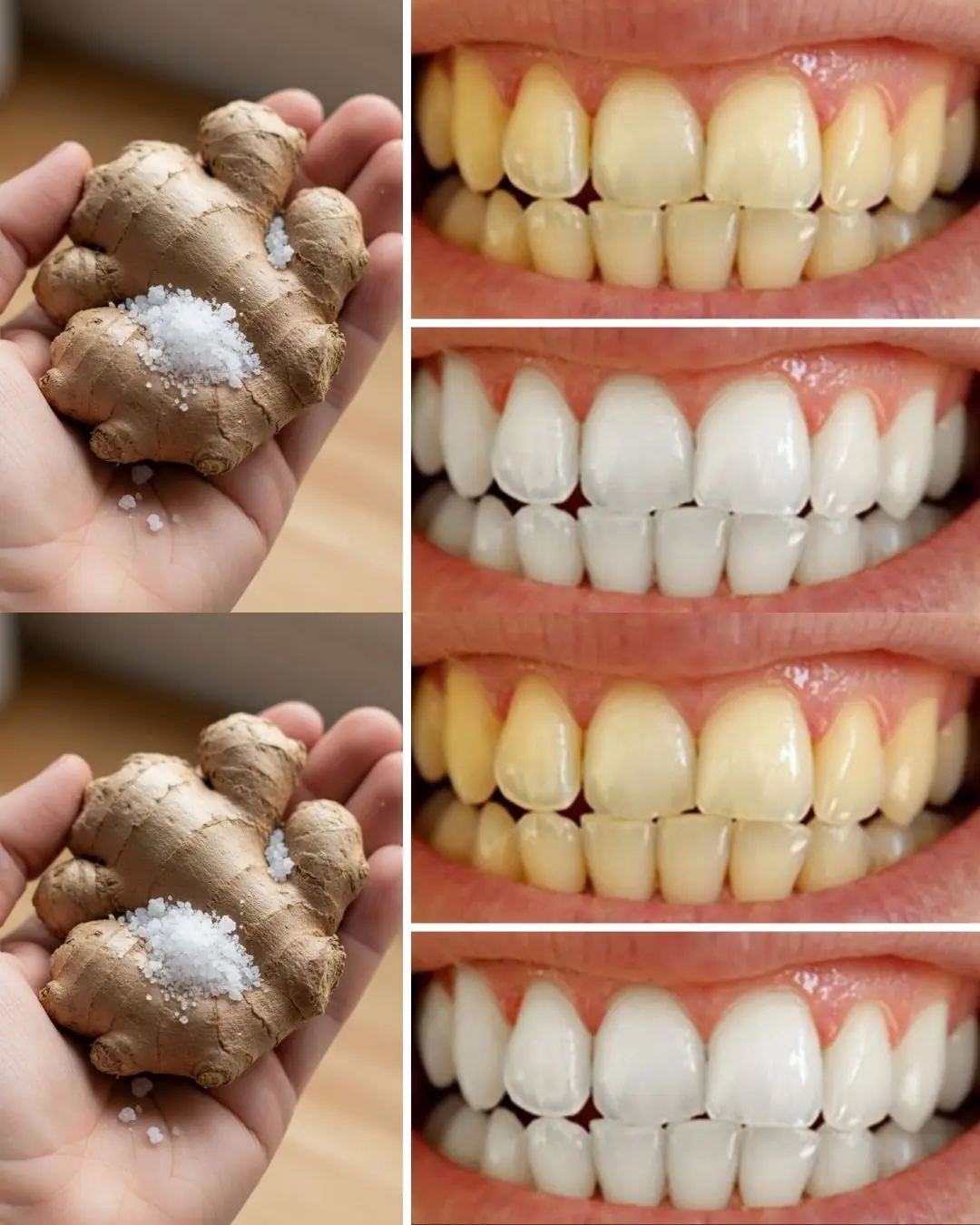
Ginger and Salt Teeth Whitening Remedy
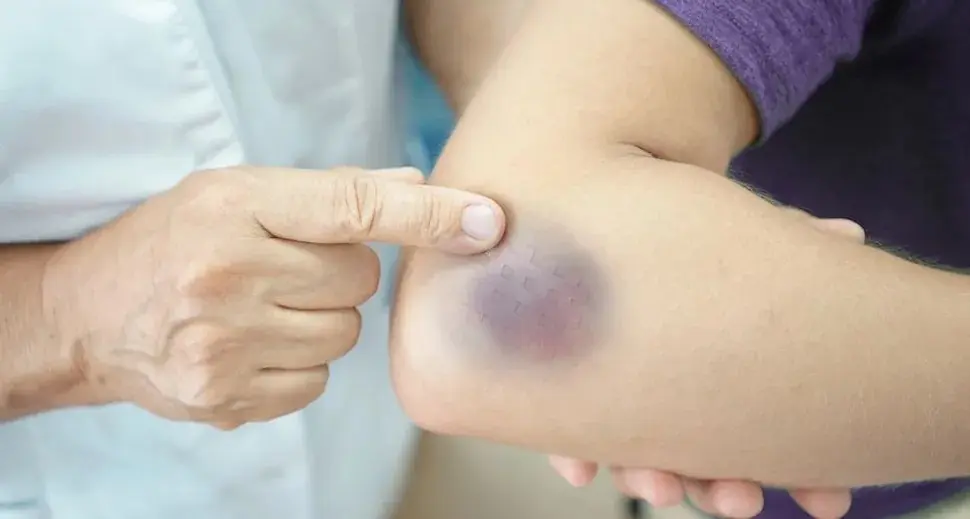
The Pain Most People Brush Off That Signals Serious Trouble
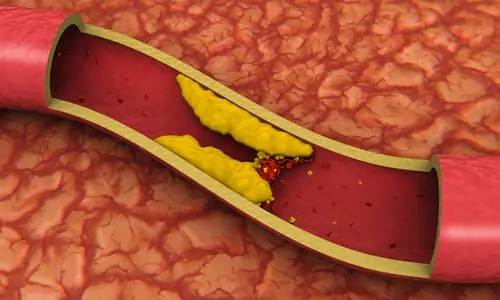
Warning Signs Your Arteries Need Cleansing and The Foods That Do It Best
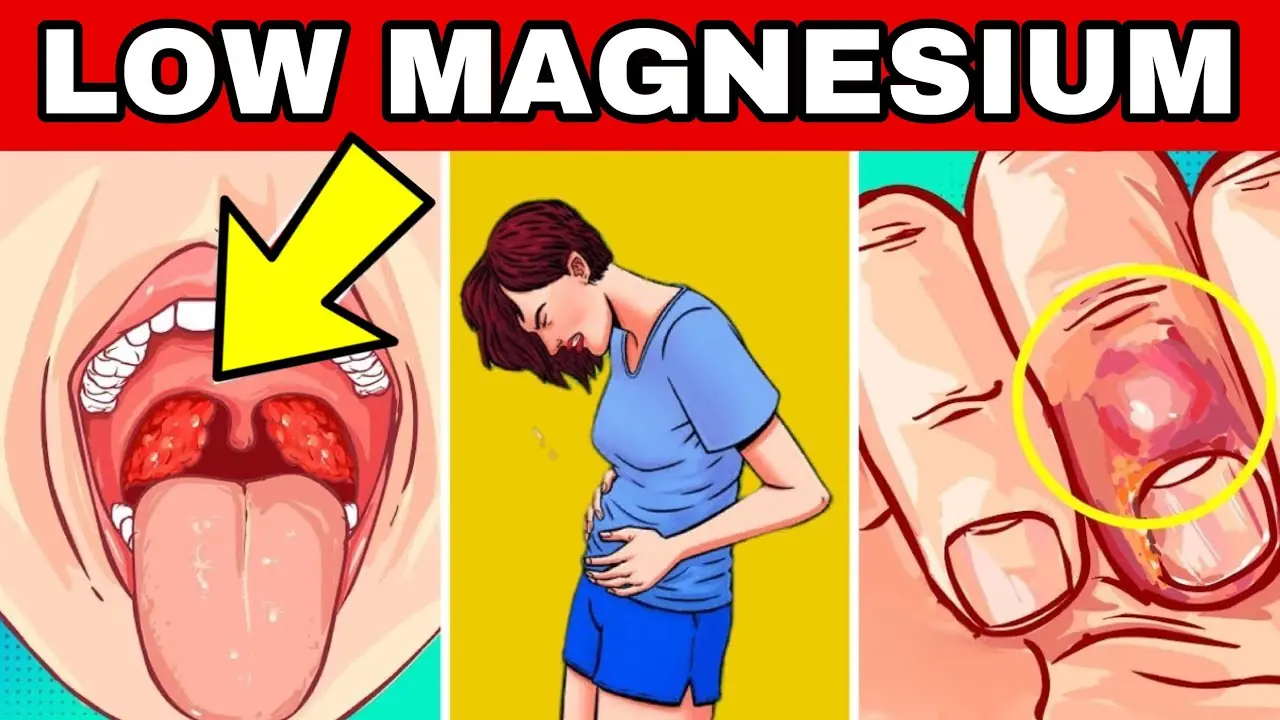
10 Warning Signs of Low Magnesium Levels and What to Do About It

The 5 fruits secretly damaging your brain after 50
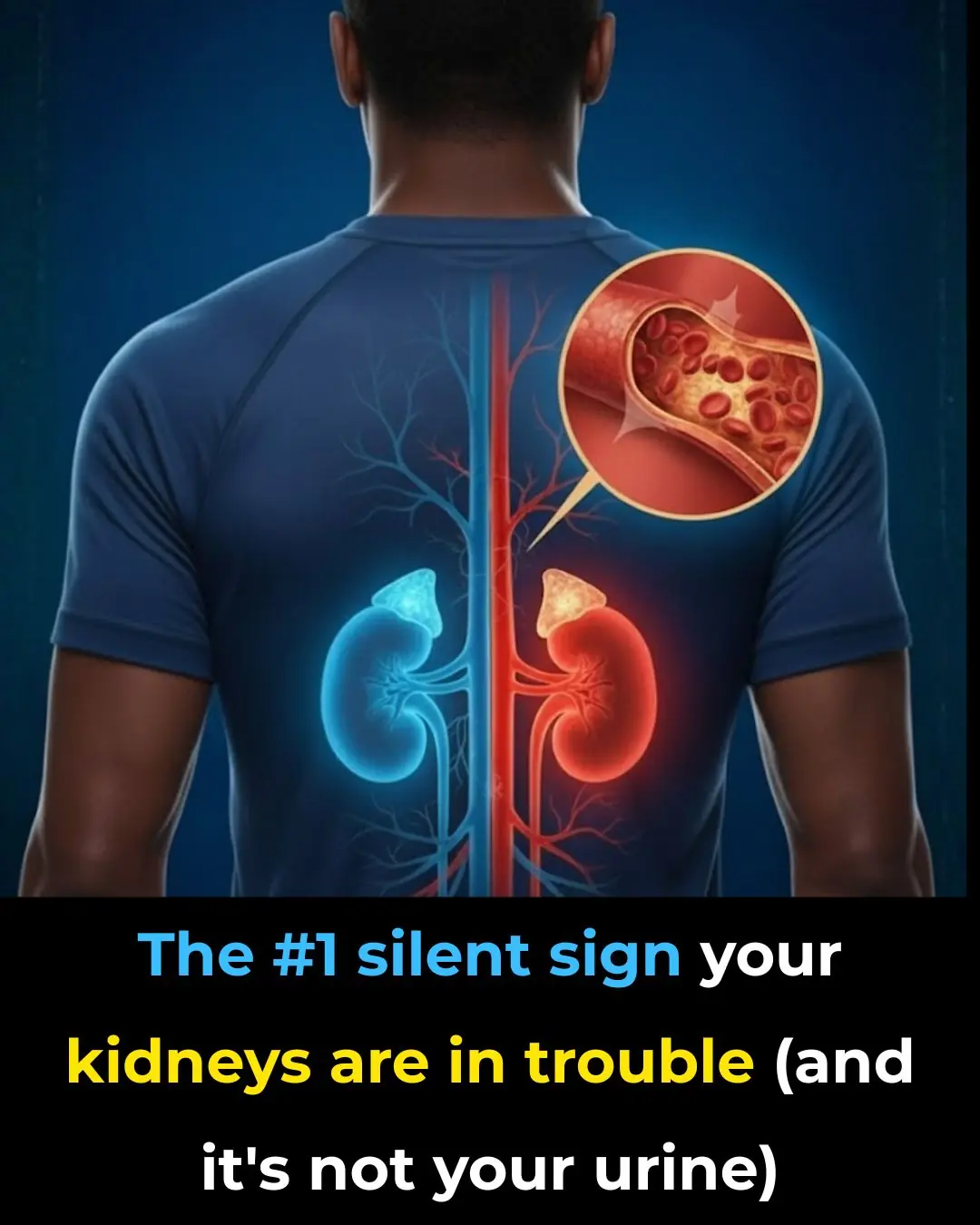
The #1 silent sign your kidneys are in trouble (and it’s not your urine)
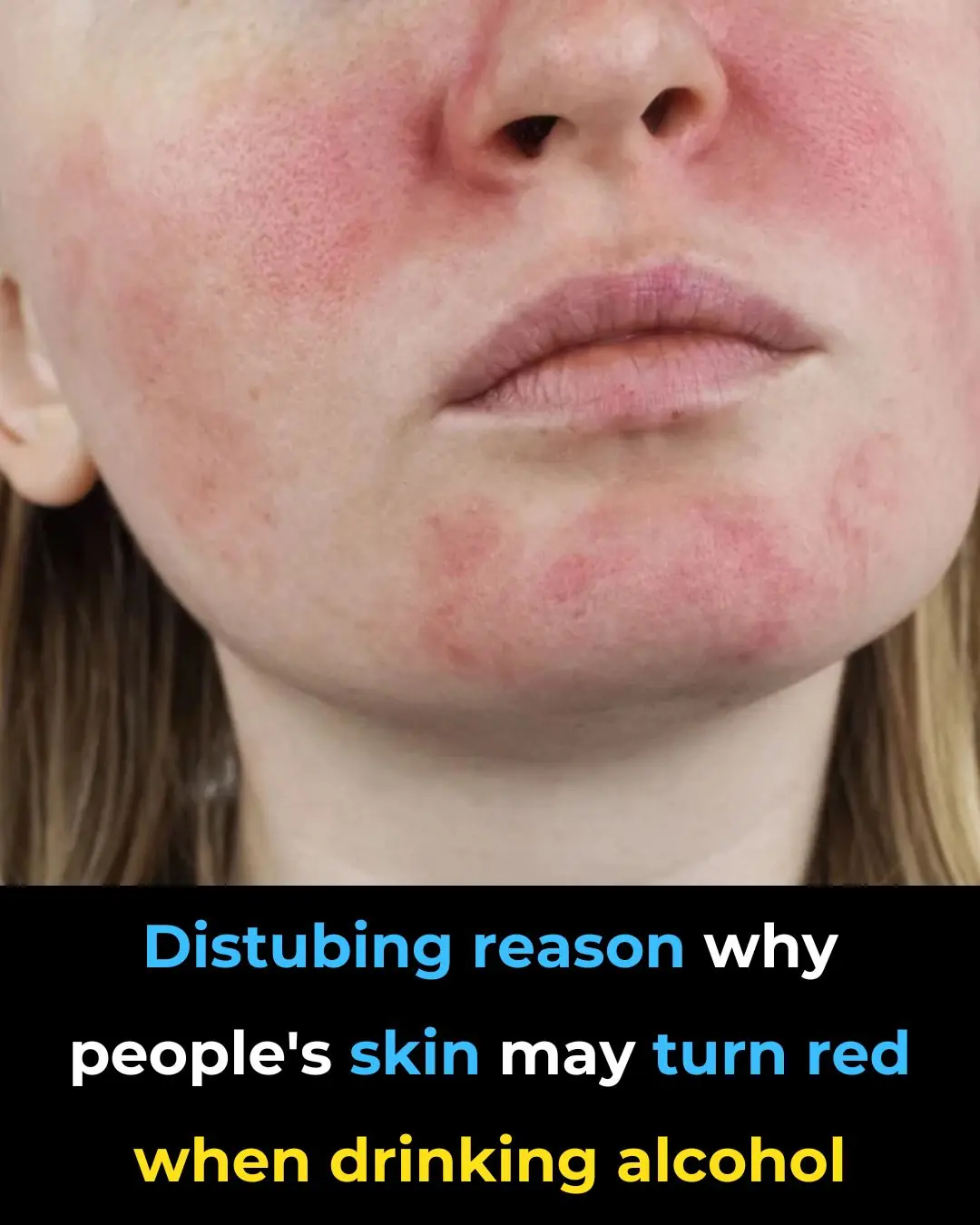
Why Some People’s Skin Turns Red When Drinking Alcohol

The 5 Fruits Silently Damaging Your Brain After 50 — And What to Eat Instead

Capsaicin: The Fiery Compound That Stops Heart Attacks and Destroys Cancer Cells
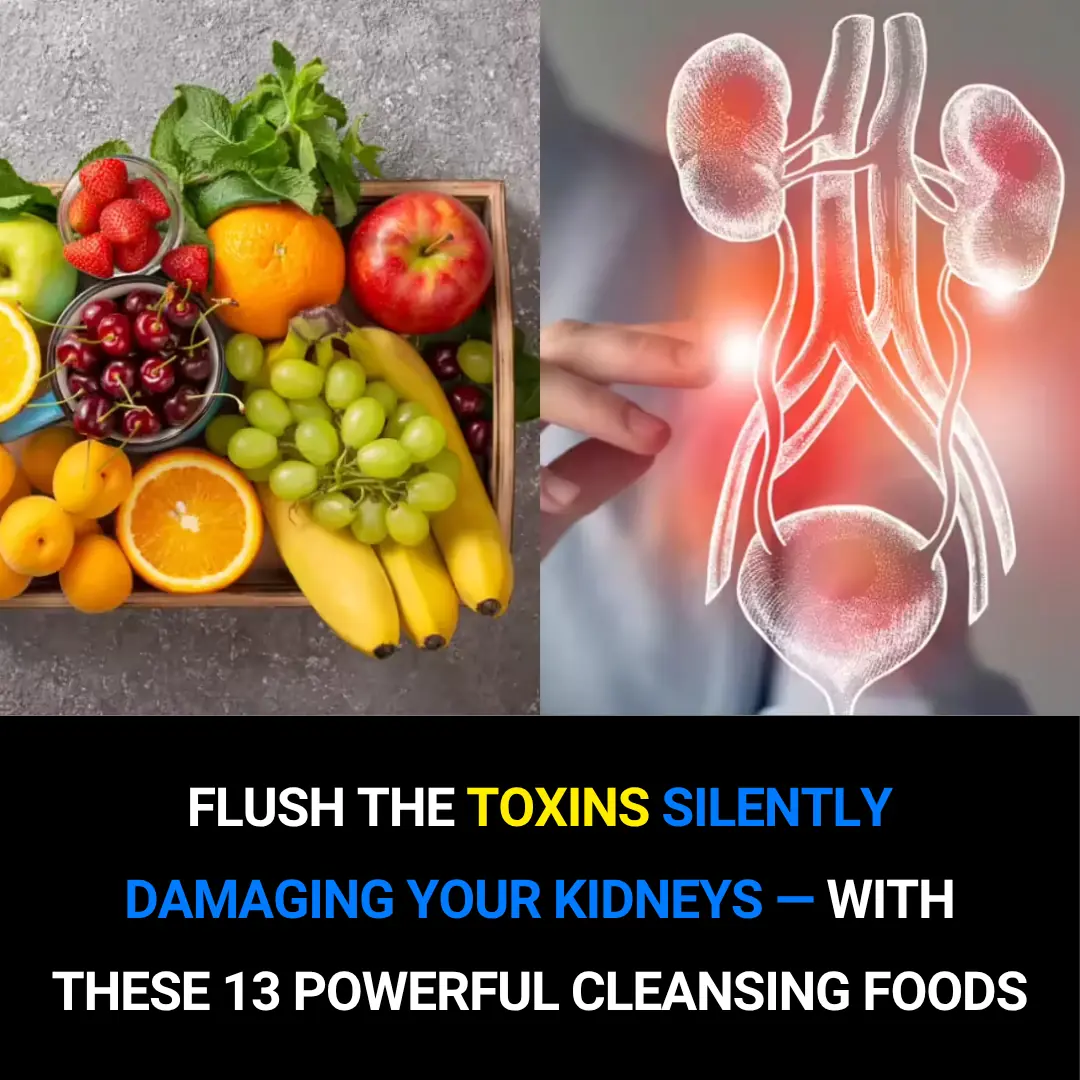
Flush Away the Hidden Toxins Damaging Your Kidneys — With These 13 Powerful Cleansing Foods
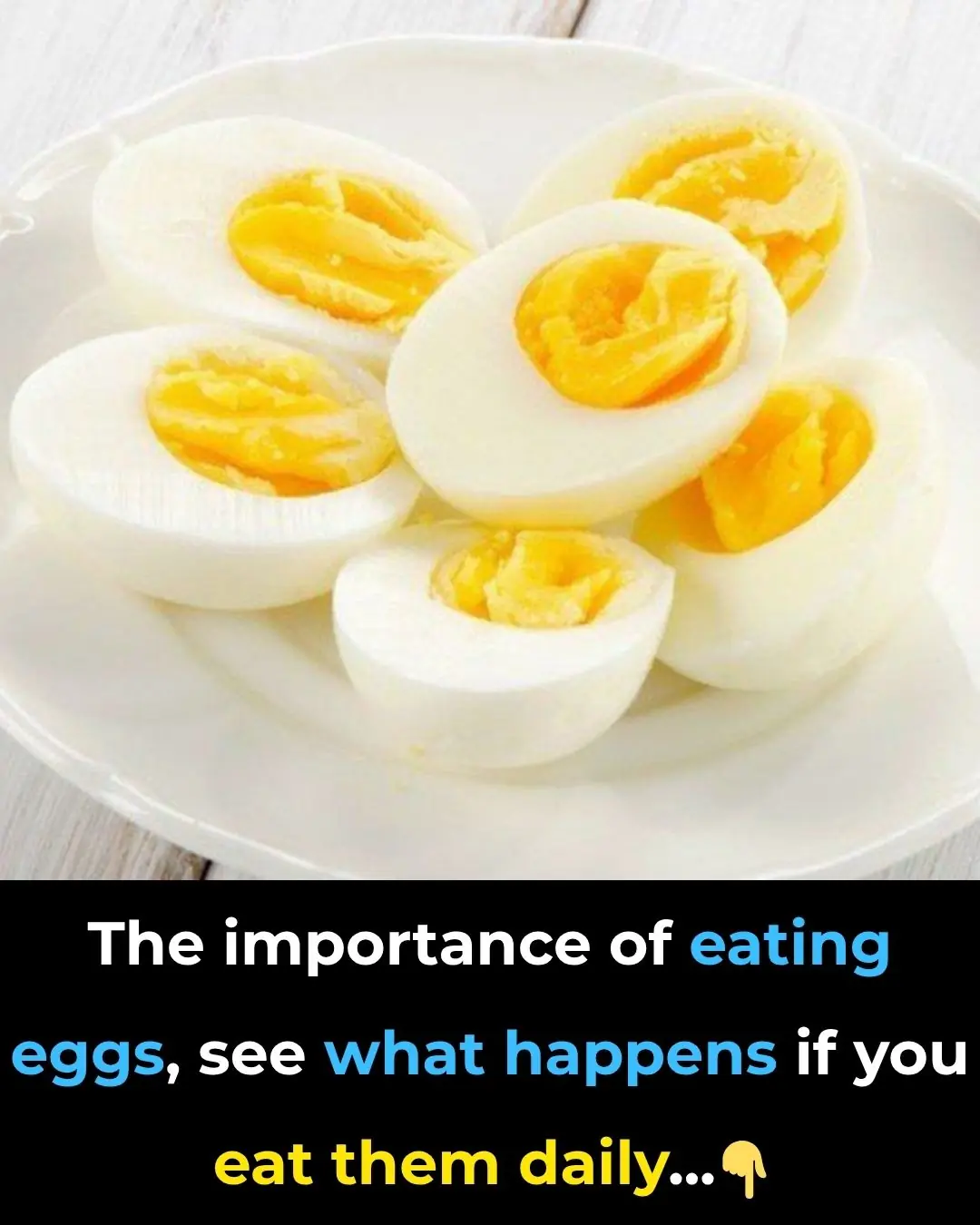
The surprising truth about eating eggs every day

Why You Should Stop Waking Up to Urinate
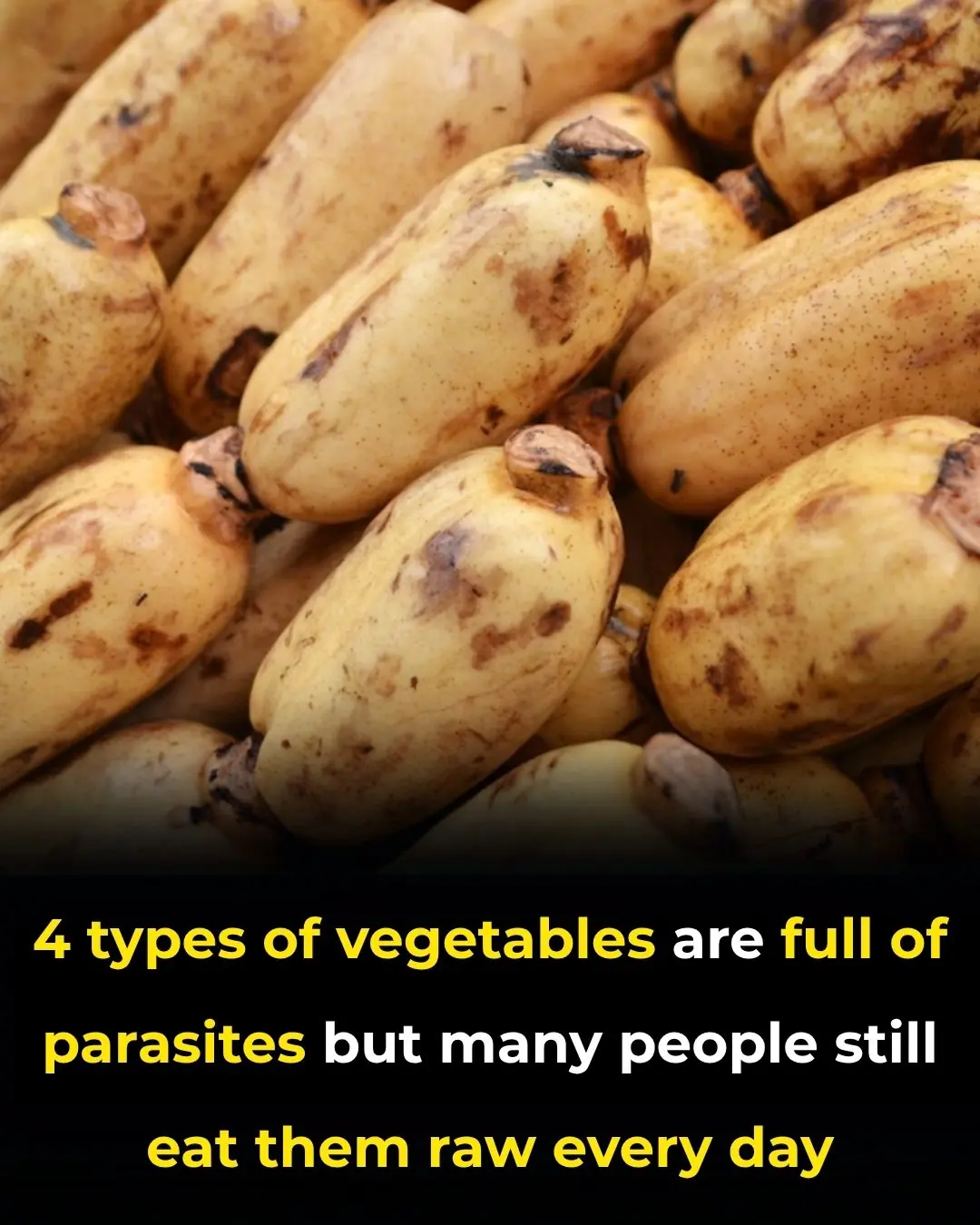
4 types of vegetables are full of parasites but many people still eat them raw every day
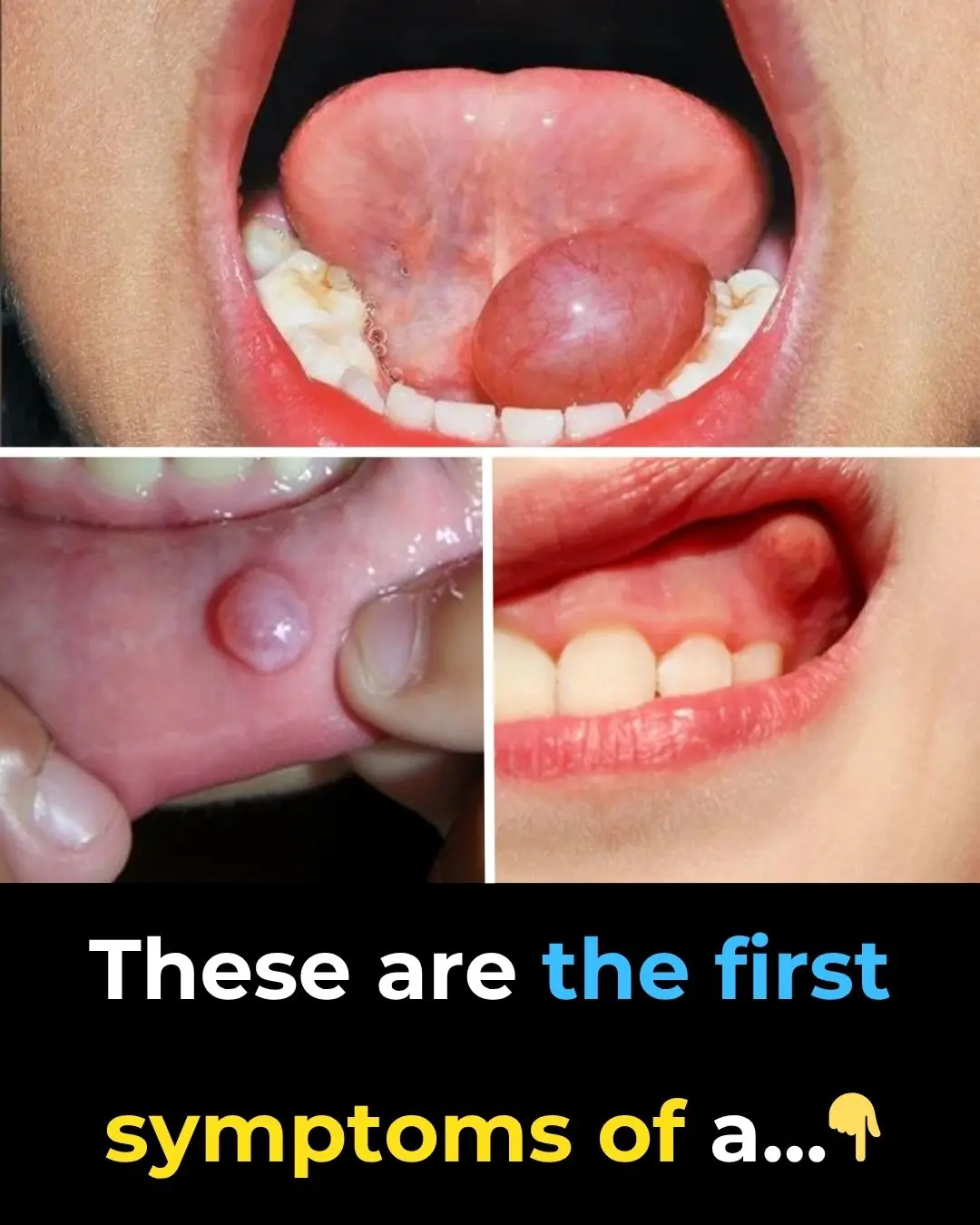
Hidden Dangers in Your Mouth: Early Signs of Oral Cancer
News Post
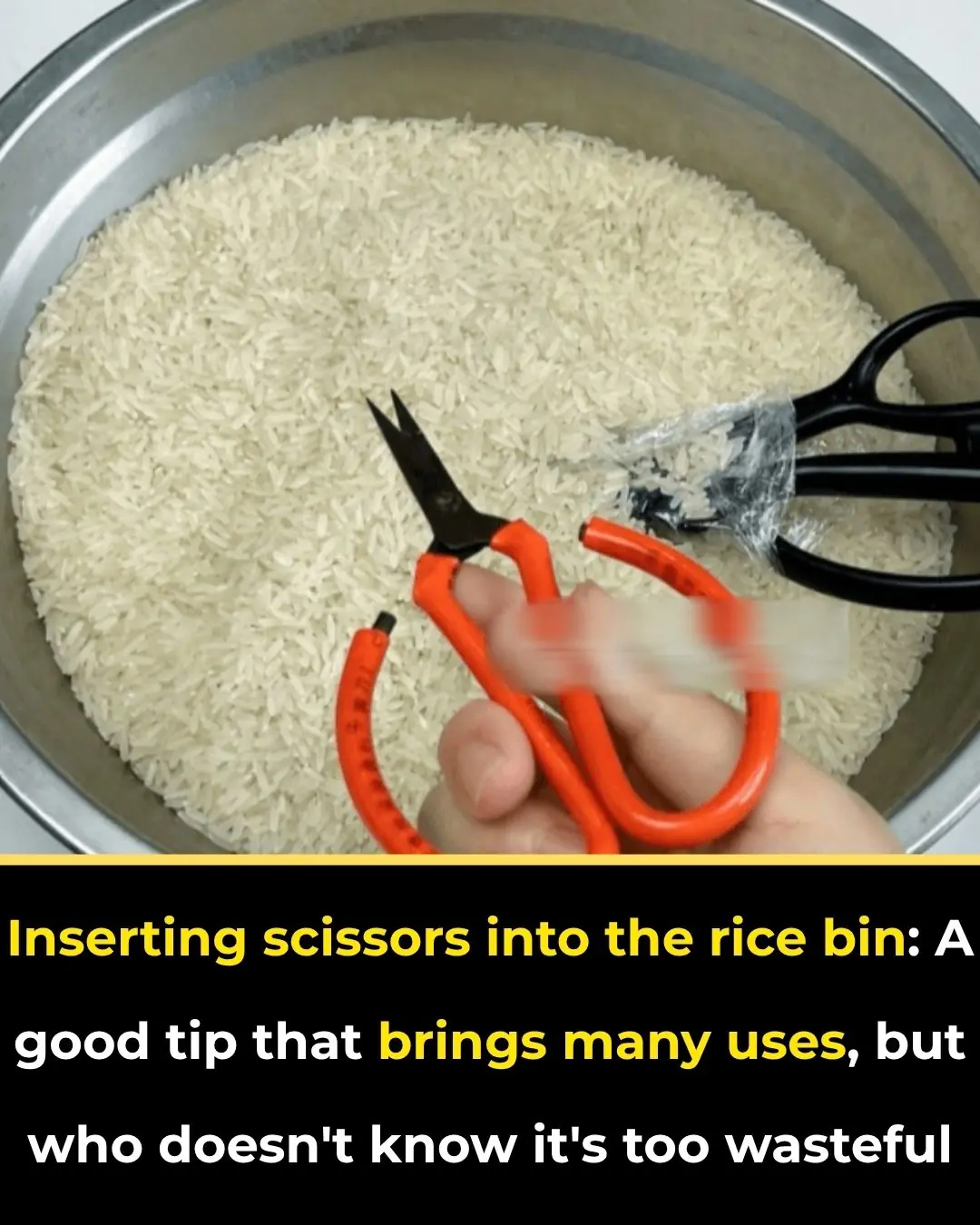
Inserting scissors into the rice bin: A good tip that brings many uses, but who doesn't know it's too wasteful
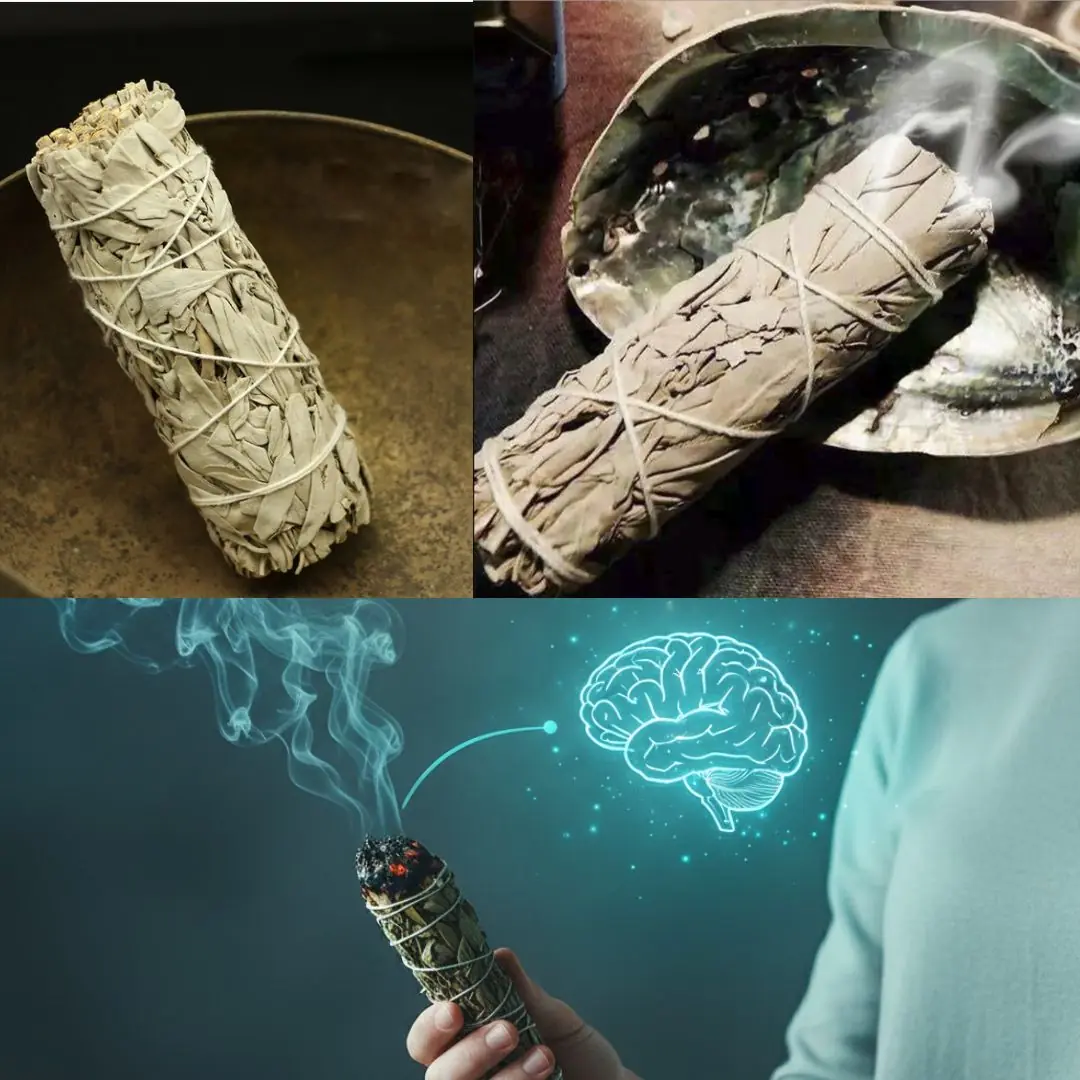
Burning Sage: What It Is, How to Do It, and Why It Might Help You

5 great foods that should not be stored in the refrigerator - the risk of aflatoxemia that causes cancer
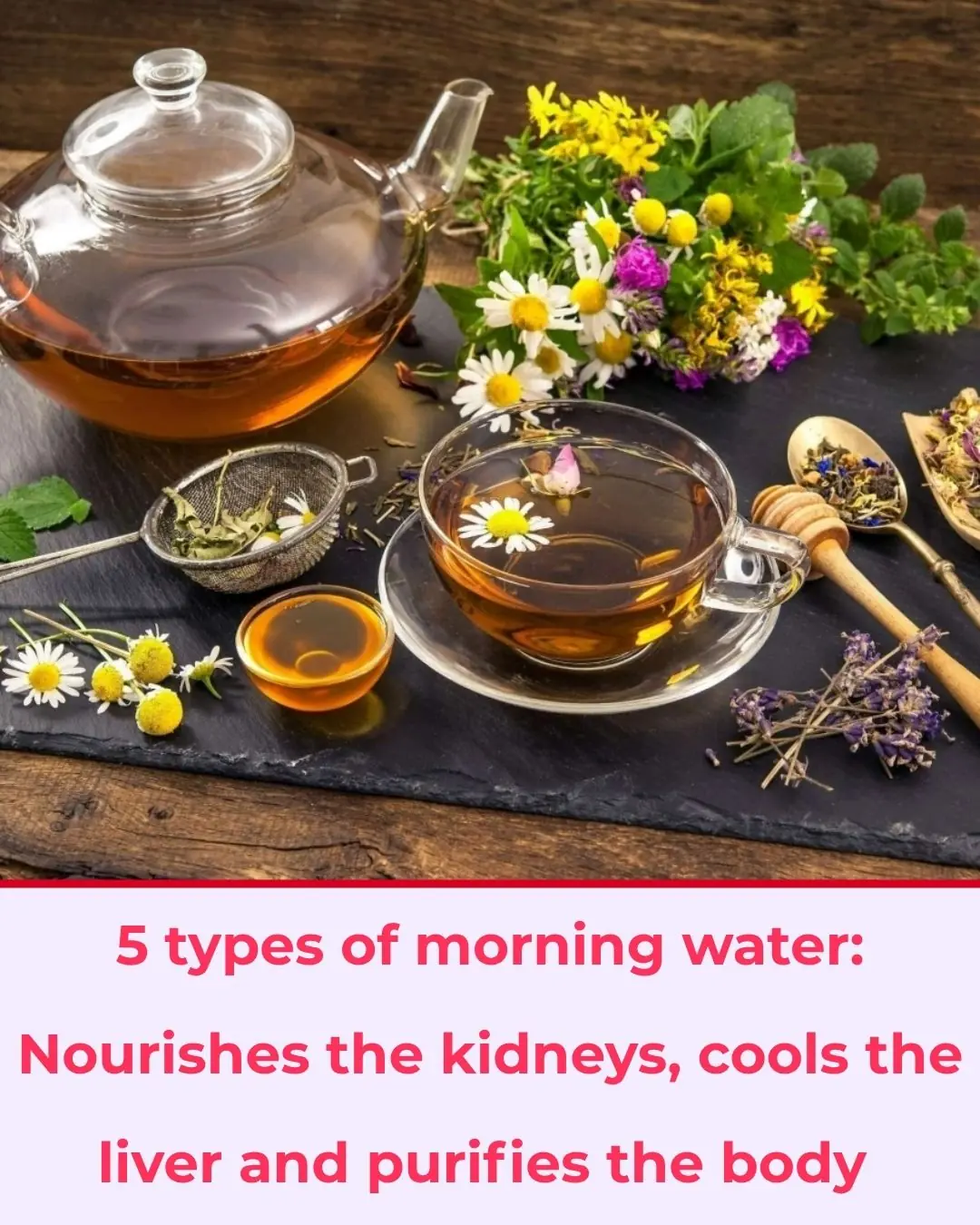
5 Morning Drinks to Boost Kidney Health, Cool the Liver, and Detoxify Your Body

A Simple Sponge Trick For The Fridge
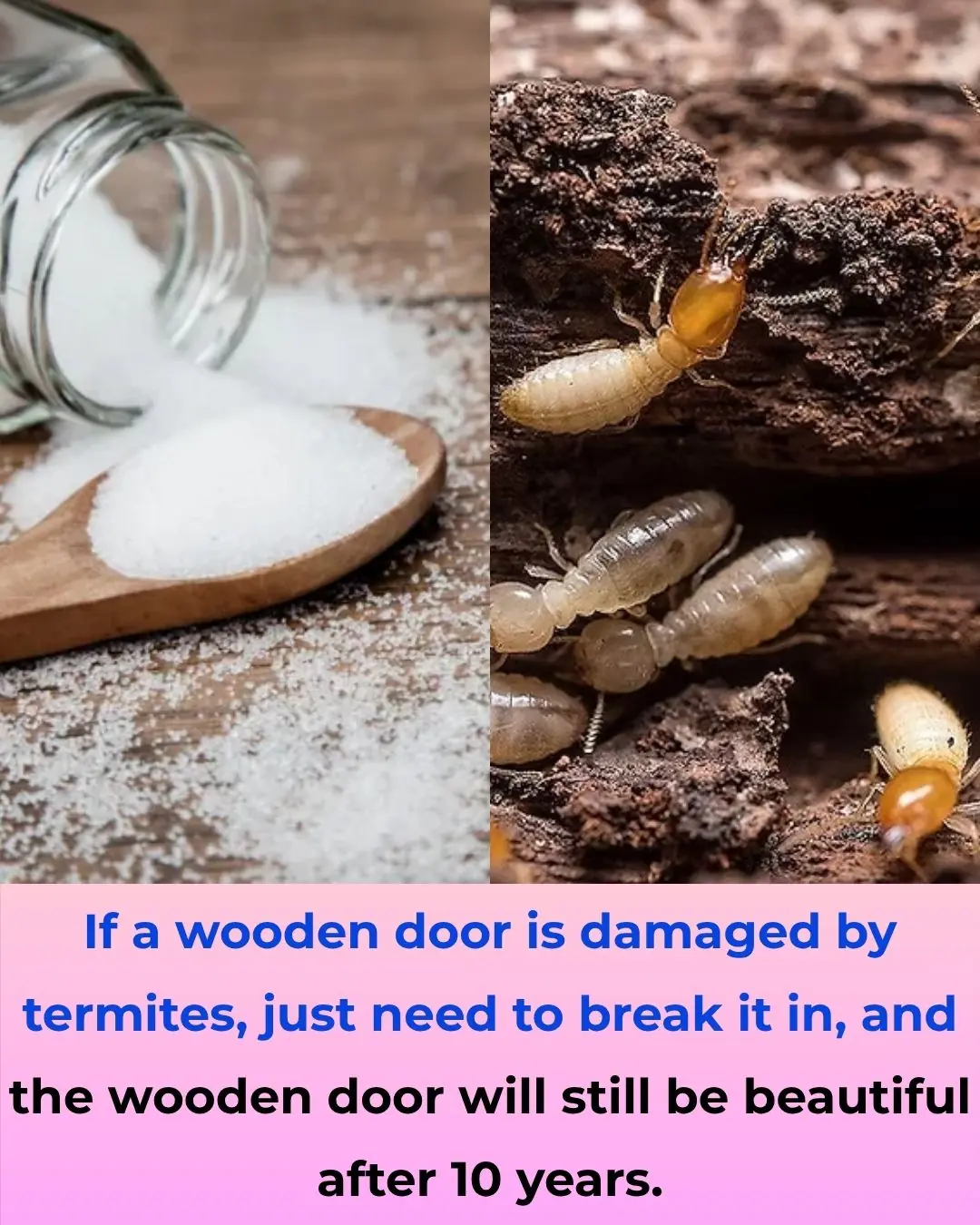
How to Get Rid of Termites That Bore Into Wooden Doors — Protect Your 10-Year-Old Furniture and Keep It Beautiful

According To This Psychologist, A Dirty Car Can Reveal A Lot About Your Personality
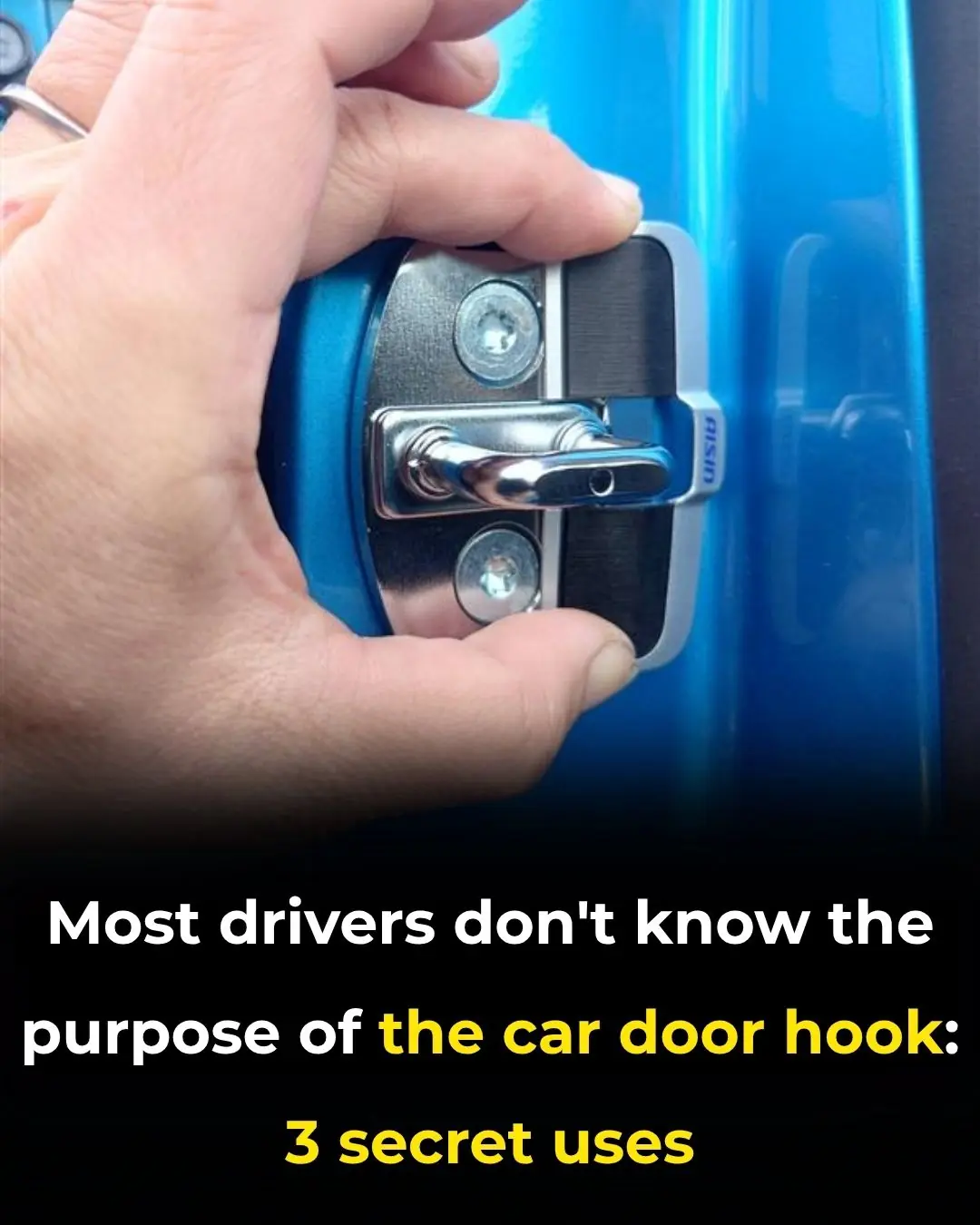
Most drivers don't know the purpose of the car door hook

What Kind of Bread Are You
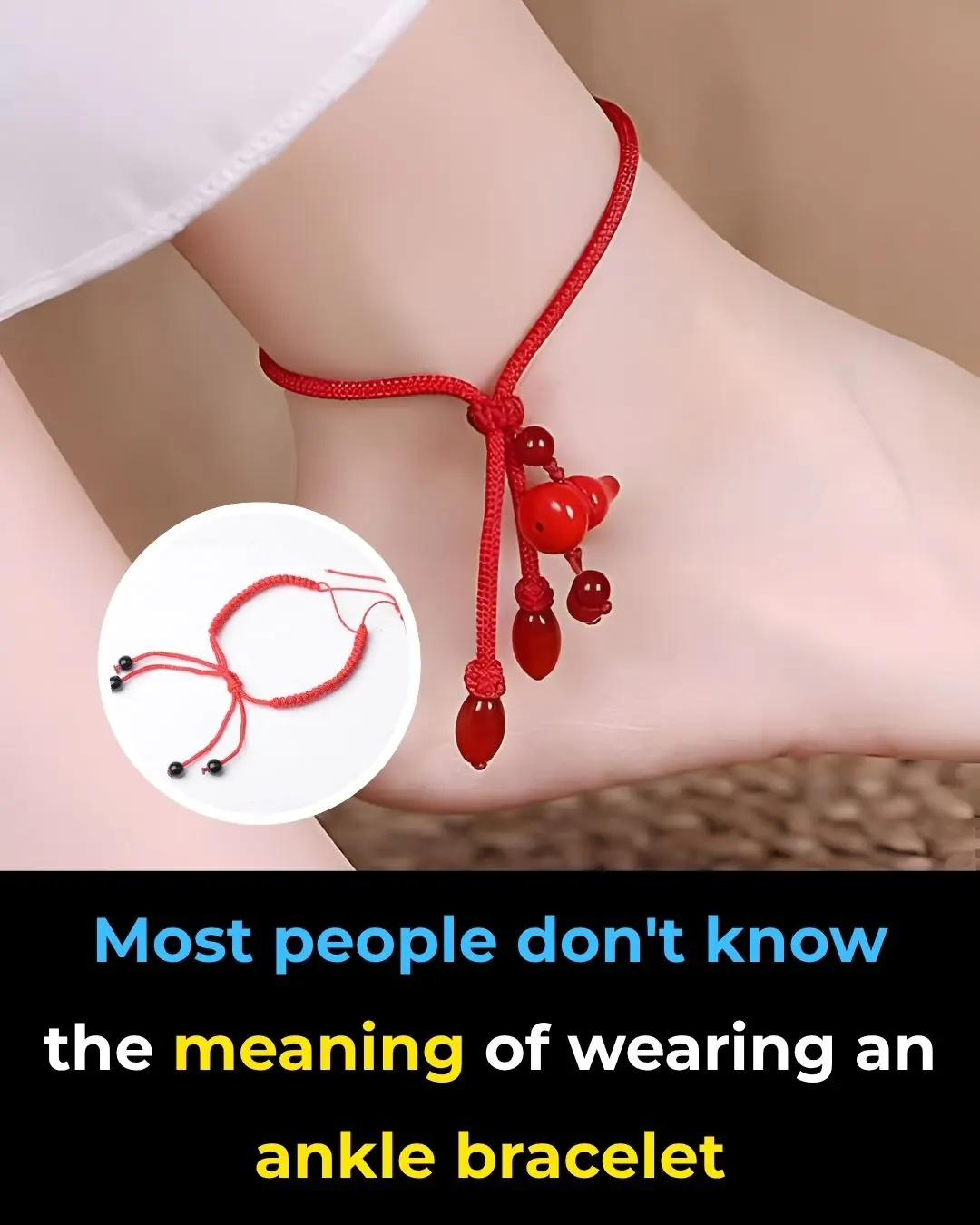
Most people don't know the meaning of wearing an ankle bracelet
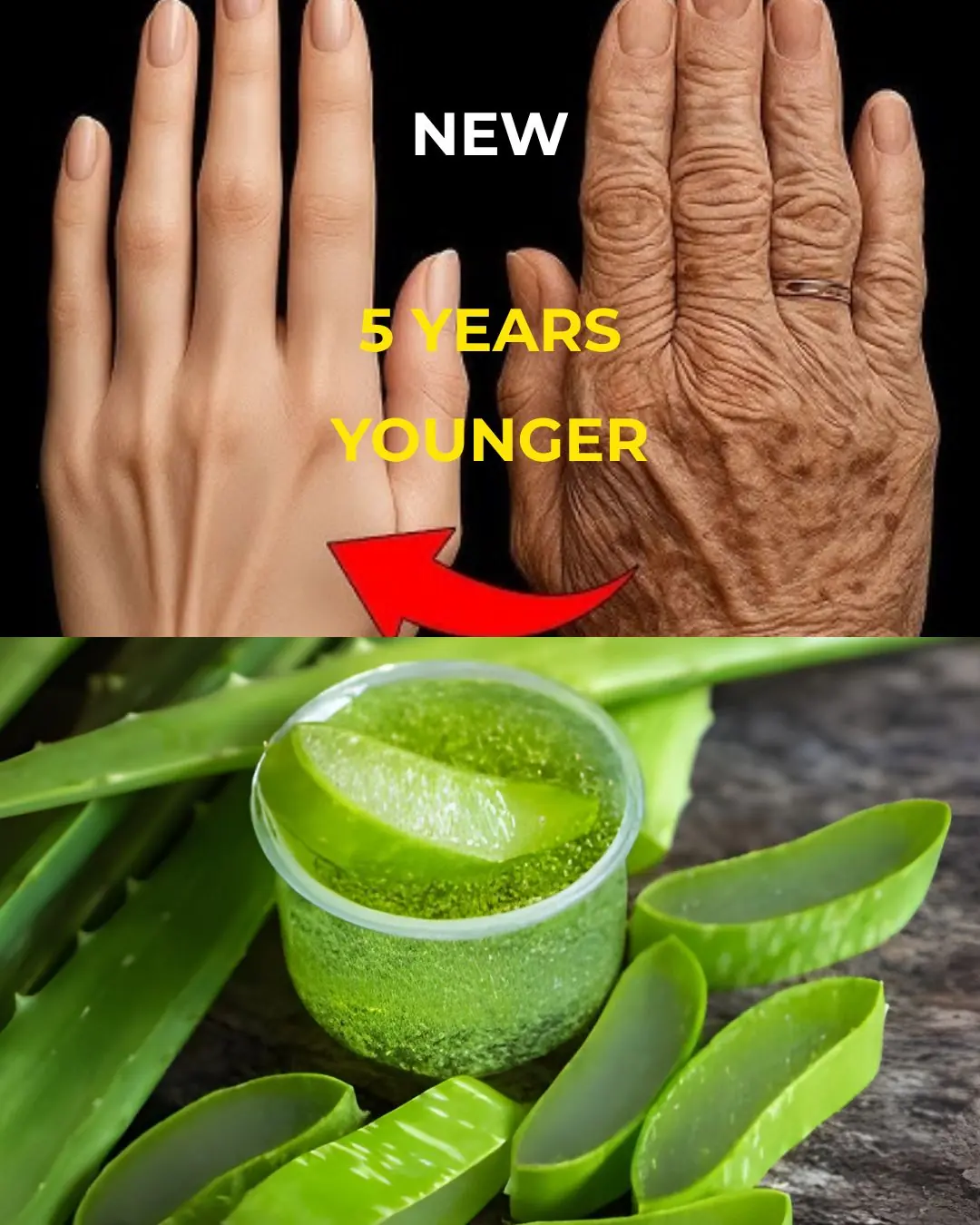
My Grandmother Looks 35 at 67 – Her Secret? Collagen + Aloe Vera Clever Tricks

What Clutter and Neglect Might Be Saying
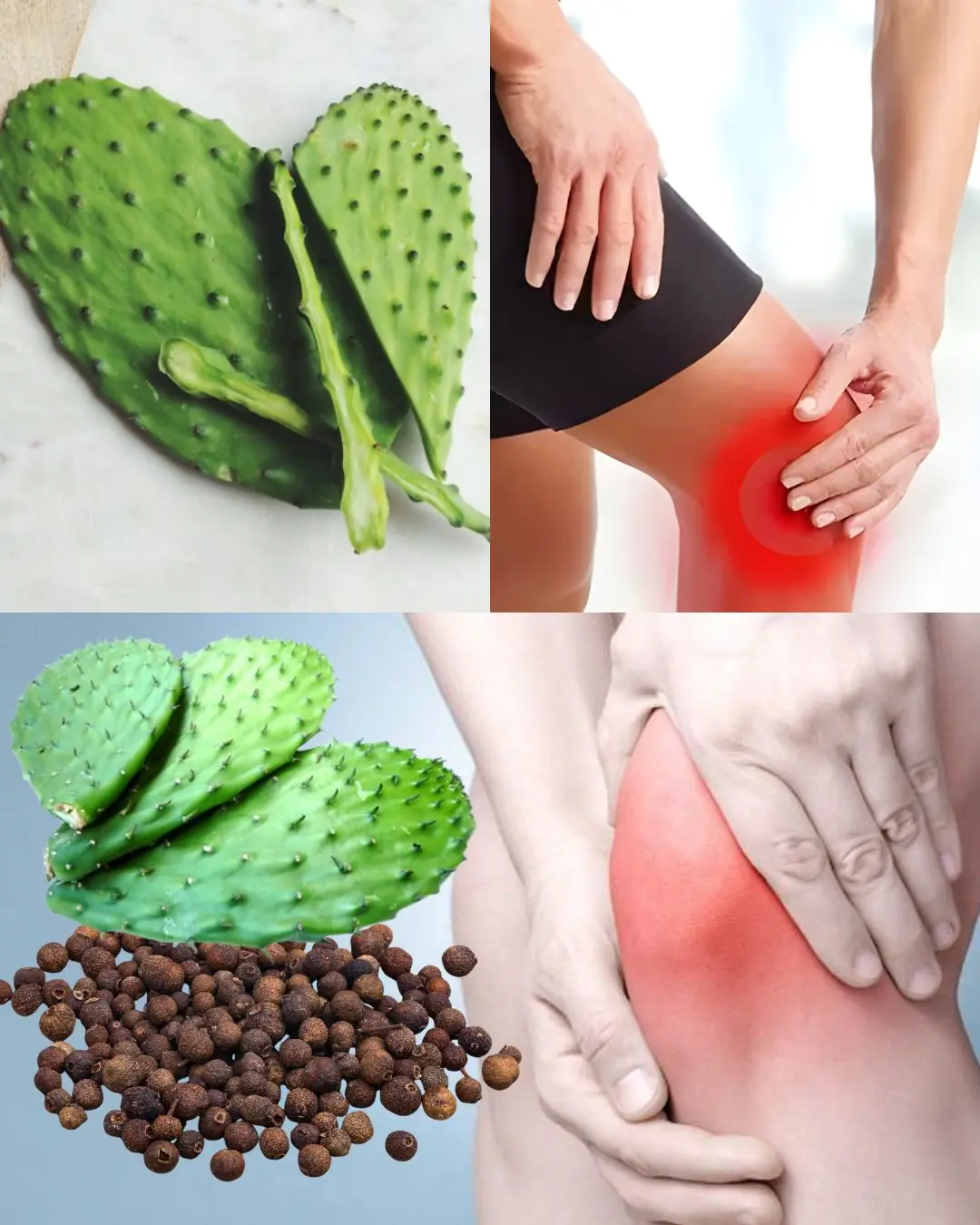
Anti-Inflammatory Power: Relieve Joint Swelling and Bone Pain with Prickly Pear (Nopal) Water 🌿💧

Why the “Good Side” of Your Fence Should Face Your Neighbor

❤️ 5 Subtle Signs That May Suggest Heart Trouble – And When to See a Doctor

Eat these 3 foods to strengthen them…

Neckline Wrinkles 5 Tips to Prevent and Eliminate Them

Smart Ways to Fade Freckles and Reveal a More Even, Radiant Skin Tone
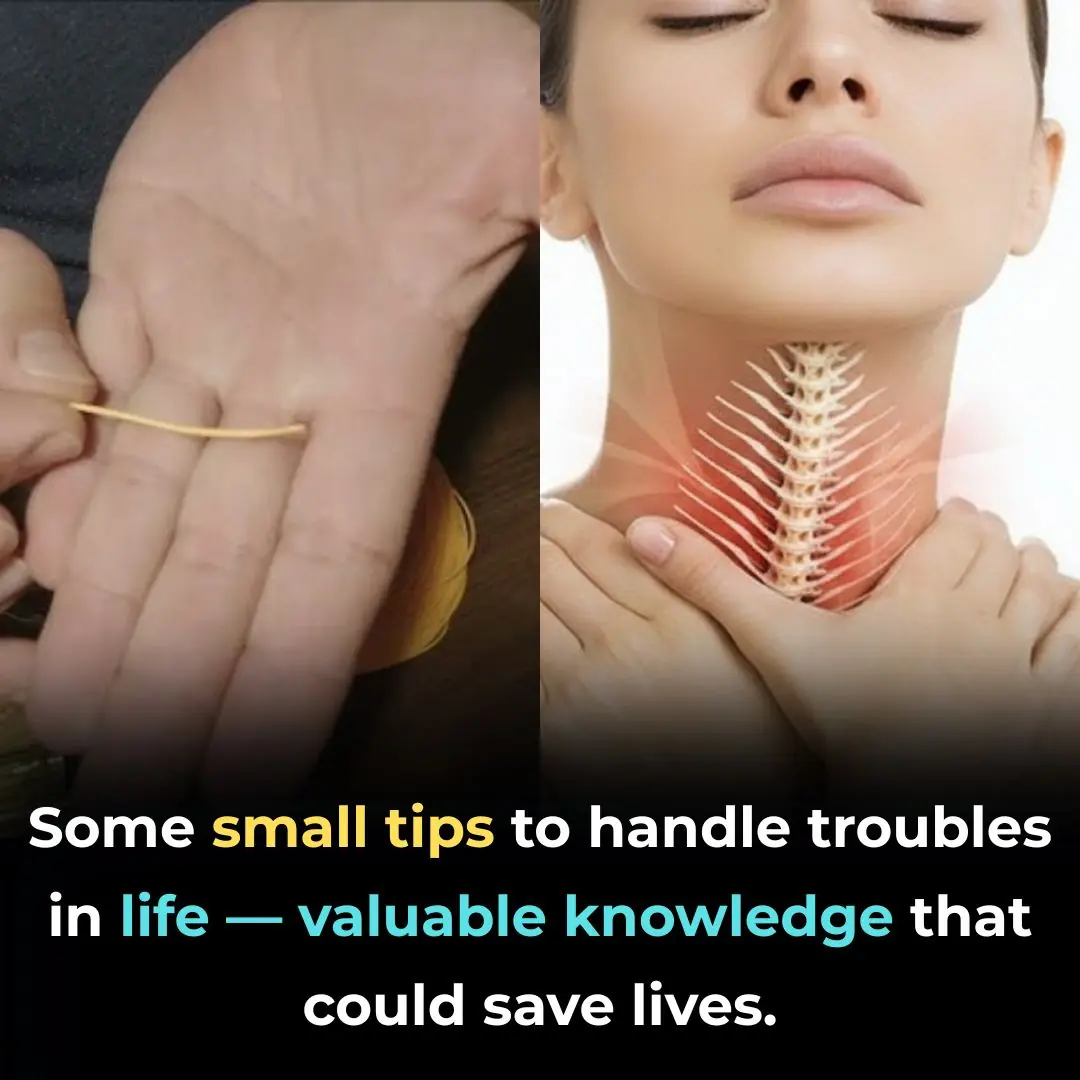
Everyday Emergencies: Small First-Aid Tricks That Could Save a Life
